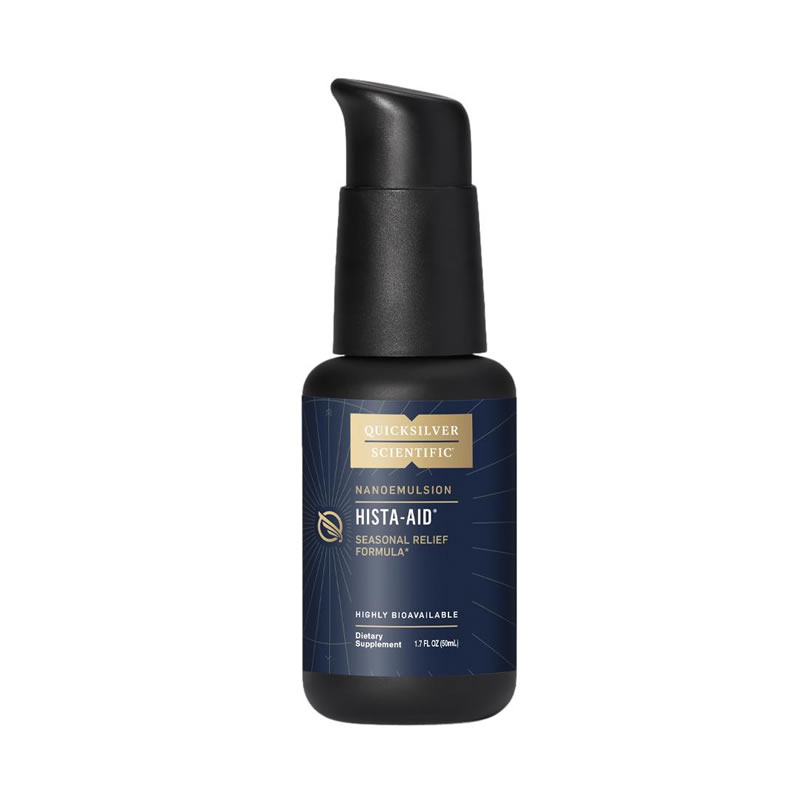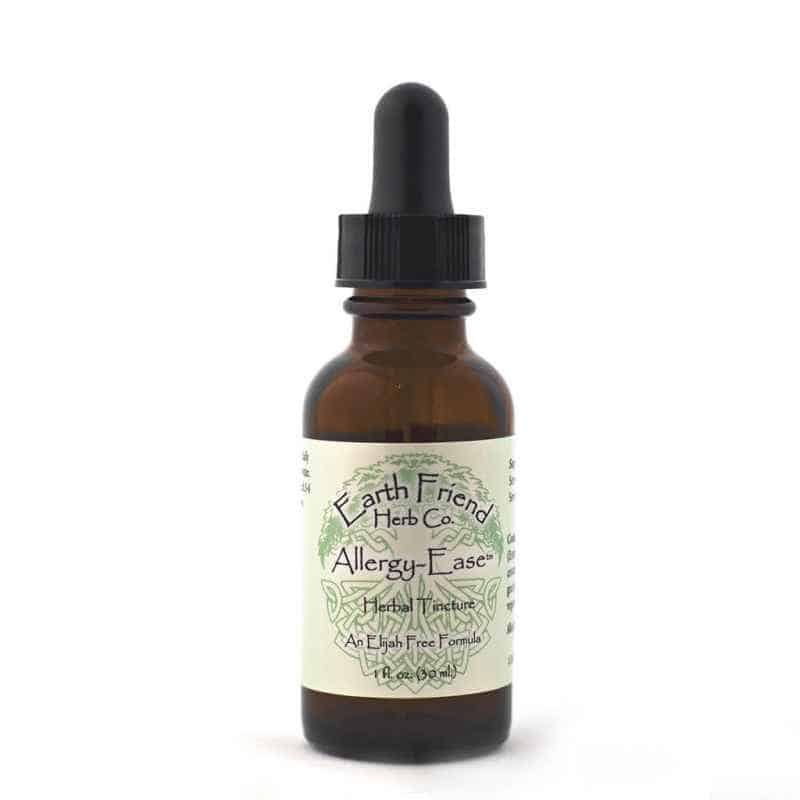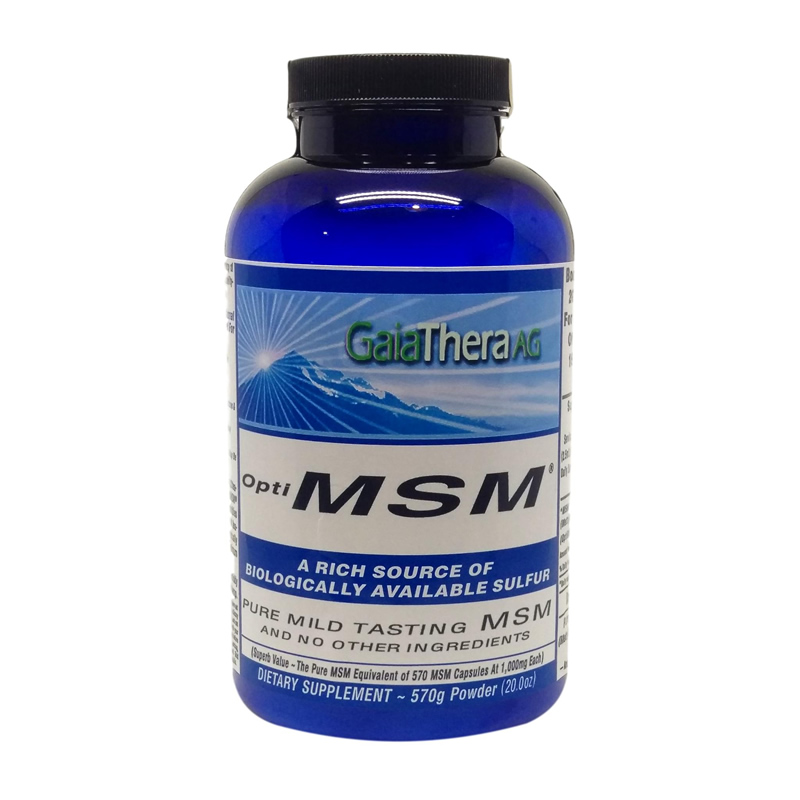No products in the cart.
Histamine Basics
Histamine. A short word, easy to pronounce and remember. It is not a drug or a poison as you might think and it is not a food or a supplement. Histamine is an organic nitrogenous compound present in nearly every cell in our bodies. Many people think of histamine only in connection with allergies, hives, and redness of the skin. However, histamine is an extremely important chemical compound that affects many vital processes in the human body. For example, it affects muscle contraction, heart function, and vascular permeability. It also stimulates exocrine glands which produce sweat, saliva and mucus. Histamine is also important for the proper functioning of the central nervous system. Similar to cholesterol, histamine is not a bad guy. Histamine intolerance is a result of a deeper-rooted issue, and we are going to learn all about it. But for now, let’s focus on the basics.
History
The name histamine originates from the Latin word histos(tissue) and the word amine (an organic compound that contains a basic nitrogen atom with a lone pair of electrons). The name itself can give us a hint of where it is located in the body (in our tissues).
In 1910, a British scientist named Henry Dale first discovered histamine as a by-product of bacterial activity. He was studying alkaloids in rye grains invaded by a parasite known as Clavices Purpurea. In his later studies, he focused on histamine and its biological effects. He discovered that histamine affects the smooth muscle tissue of the digestive and respiratory tracts. It causes vasodilation (widening of blood vessels), stimulates the contractions of the heart and arteries that pump our blood throughout our bodies, and also causes shock when injected into animals.
In the 1930s, histamine was proved to be a significant mediator of anaphylactic reactions. In 1927, a team of scientists isolated histamine from the liver and lung tissue of humans, which proved the natural presence of histamine in the human body. Doctors were also able to demonstrate that after an allergic reaction, levels of histamine in the blood are elevated. In 1936, Sir Dale and his colleague Loewi were granted a Nobel prize for the discovery of histamine, and more specifically for their discoveries relating to chemical transmission of nerve impulses. Histamine research and its role in allergic reactions and anaphylactic shock led to the discovery of antihistamines, compounds that were designed to stop the reaction and relieve the symptoms. Histamine is an agonist (agony being the extreme state), a compound that binds to a receptor and produces a biological response (redness, swelling, itching, etc), while an antihistamine is an antagonist, a substance that blocks the action of the agonist (prevents the biological response). The very first antihistamine was developed in 1937 in the lab of Etienne Fourneau, but it was too strong and toxic for clinical use. During World War II, a few independent laboratories researched antagonist compounds, and in 1942, the first antihistamine drug Antergan was created by Bernard N. Halp and used to treat human patients. This drug was soon replaced by Neoantergan (Pyrilamine), which is used to this day for certain types of skin reactions. After the war, antihistamines were used widely, even though they had a lot of side effects. Daniel Bovet who discovered Neoantergan was granted a Nobel prize in 1957 for his discoveries
and life-long research of anti-histamines.
Histamine Metabolism
The histamine receptors in our bodies are very diverse. In 1952, doctors Riley and West discovered the presence of histamine in the mast cells of living organisms, and they also first noted the correlation between the amount of histamine in the body and the number of mast cells. Mast cells are a type of white blood cell that are mostly located around blood vessels and in the connective tissue (mainly the skin, respiratory, genitourinary, and digestive systems). These cells are a part of our immune system and they contain compounds we call mediators. They include histamine, heparin, prostaglandin, cytokines, leukotrienes, and many more. These compounds are released when the mast cells come in contact with a pathogen – this process is known as mast cell degranulation. Soon it was discovered that histamine is present in other parts of the body, in every tissue of mammals, and organs like the lungs, skin, and gut are extremely rich in histamine due to the higher concentrations of mast cells in these parts of the body.
In our bodies, histamine is synthesized from an amino acid called histidine.
This essential amino acid is important for protein biosynthesis, and we have to obtain it from our diet – our body is not able to manufacture it. Histamine is then stored in our mast cells and basophils (another type of white blood cell, making up only about 0.5-1% of all the white blood cells in the body). Mast cell degranulation is triggered by multiple inputs, including contact with a specific allergen, exposure to toxins (including perfumes and chemicals in personal care products), extreme temperature exposure (both hot and cold, and rapid fluctuation between the two), vibration, friction, physical and emotional trauma, stress, alcohol intake, certain foods or medications, and also other non-immunologic stimuli, like neuropeptides, lipoproteins, some enzymes, hypoxia, or physical stress. Simply put, anything from the outside or inside can trigger histamine release. Histamine is also known as a neurotransmitter and immunomodulator. It even plays a role in wound healing and circadian rhythm regulation.
In 1982, a book called Pharmacology of Histamine Receptors was released, talking in detail about all of the functions of histamine in the body and its effect on all the different receptors. At that time, scientists only knew of two histamine receptors, the third one was added in 1987 and it took seven more years to identify the fourth receptor. So even though we have known about histamine for over a hundred years, we might still be very far from understanding it completely, even though the technology today is on a whole different level than it was in 1910. Histamine has a different function in different parts of the body, depending on which type of receptor it binds to and where. Today, we know of four different receptors located in different types of cells all over the body. For that reason, histamine can trigger a different response in different parts of the body and cause one or more of the following reactions: vomiting, diarrhea, hives, brain fog, hay fever, migraine, asthma, smooth muscle contraction, vasodilation, increased vascular permeability, mucus secretion, tachycardia, the release of digestive juices, and many more.
HISTAMINE RECEPTORS
These receptors are present in their activeand inactive form in the body. Histamine preferably binds to active receptors, while antihistamines bind to inactive ones. Today, we know of four different histamine receptors. Don’t worry, you will remember their names very easily:
H1: This receptor is very important in the regulation of our inner clock, and it is also the target of many drugs and medications. H1 receptors are plentiful in the brain, and when these receptors react with histamine, our brain chemistry is affected (which can cause alertness and higher attention). Antihistamines binding to H1 receptors usually cause the opposite reaction, like drowsiness and lack of mental focus. Activation of H1 receptors causes stimulation of sensory nerves, causing itching and swelling of mucous membranes and the skin. When H1 receptors are stimulated in different parts of the body, we can experience hives, asthma, and dilation of blood vessels (resulting in increased blood flow, which causes flushing and redness). Activation of H1 receptors in the cardiovascular system causes blood pressure to drop. Overstimulation of H1 receptors leads to the development of typical allergic reactions like allergic rhinitis. H1 is considered the main receptor with a key role in the allergic and immune response.
H2: These receptors are located in the digestive mucosa, the smooth muscle tissue of vessels, in the brain, in adipose (fat) cells, and immune cells. H2
receptors on the surface of the stomach play a big part in the regulation of digestive juices. Histamine triggers the production of stomach acid when bound to H2, which can lead to gastroenteritis when the system is unbalanced. H2 receptors are also present in our heart, where they have a negative effect on contraction (inotropic and chronotropic activity, caused by increased activity in the parasympathetic nervous system, for example). The uterus and other smooth muscle tissue also contain a high concentration of H2 receptors, where they cause relaxation of the tissue. H2 receptors are also present in white blood cells and neutrophils. The TH2 cells of the immune system also activate H2 receptors, and it is believed that this is a cause of cellular proliferation, specifically the growth of cancer cells.
H3 receptors are mainly located in the nervous system, mostly in histaminergic neurons, but also in dendritic cells (the antigen-presenting cells of the immune system) and eosinophils (cells that combat parasites and some infections). These receptors’ main task is to regulate their own histamine by inhibiting its synthesis. The more histamine that is bound to H3 receptors, the lower the histamine production in the body., Histamine also controls the release of dopamine, serotonin, and norepinephrine. H3 were studied for their link to sleep, obesity, and cognitive function. Studies on mice showed that binding agonistic compounds to H3 receptors regulates the appetite and suppresses cravings. Other studies showed that activated H3 receptors can cause insomnia, and could be used to treat narcolepsy. This receptor plays a big role in the regulation of pain, headache, and asthma. Aside from that, antihistamines regulate the release of acetylcholine, which was shown to have a positive effect on treating or preventing Alzheimer’s.
H4 This most recently discovered receptor regulates the number of white blood cells released from the bone marrow, and probably plays a role in mast cell regulation. H4 receptors are located in the thymus gland, small and large intestine, marrow, spleen, basophils, T-cells, and mast cells. H4 plays a huge part in inflammation. Stimulation of these receptors
leads to chemotaxis, a process of attracting eosinophils and mast cells to the location, where the immune response is falsely triggered, causing inflammation. Antagonistic compounds (H4 antihistamines) are very important in treating asthma and prurigo (extremely itchy nodules on the skin). Even though it might seem like histamine receptors are villains and binding to them can quickly lead to a very negative outcome and pathological processes, all these receptors are very important for the proper function of our bodies. Scientists are still studying the links between receptors and how damaged receptors can lead to disease. For example, genetic mutations of H1 receptors are linked with Parkinson’s, genetic variations of H4 receptors are connected with Alzheimer’s, and H3 mutations lead to a degenerative
disease called Shy-Drager syndrome.
Histamine Elimination
Unpleasant symptoms arise when we are overloaded with histamine, so our bodies need to be able to get rid of excess histamine. This can happen in two ways. First, histamine can be broken down by the enzyme diamine oxidase (DAO). This is very important for extracellular metabolism (histamine that is not located inside the cell, as in the case of eating a histamine rich meal that releases excess histamine into the bloodstream). Second, histamine can be broken down by an enzyme called histamine-N-methyltransferase (HNMT), which works only inside the cell. This process is called methylation. HNMT breaks down histamine much more efficiently, but these two enzymes are not in competition and one cannot replace the other. The highest concentrations of DAO are found in the digestive tract, the kidneys, and the placenta (high levels of histamine during pregnancy can damage the fetus, so the female body synthesizes 500x more DAO during pregnancy). HNMT enzymes are found all over the body, in all the tissues, with their highest levels found in the kidneys, liver, spleen, prostate, ovaries, around the spine, and in the bronchial tubes.
In healthy humans, things are always kept in balance. A healthy body is able to deal with higher levels of histamine pretty well; it can produce enough DAO and HNMT to get rid of the excess. But unfortunately today fewer and fewer people can call themselves really healthy, and histamine intolerance and the related symptoms are very common.
In the next chapter, we are going to learn all about histamine intolerance (HIT), what it is, why it happens, what the causes and symptoms are,, and also how to manage and minimize these symptoms. So stay tuned!
Resources
- The Paleo Approach by Sarah Ballantyne
- Histamine Intolerance by Thilo Shleip (only available in German)
- Hitting on HIT
- A Spoon of Histamine
- Swiss Interest Group Histamine Intolerance (available in English, German, and French)
- Food Allery Testing (Dr. Adrian Morris – Surrey Allergy Clinic)
- Mastzellaktivierung.org (available in English, German and French)








